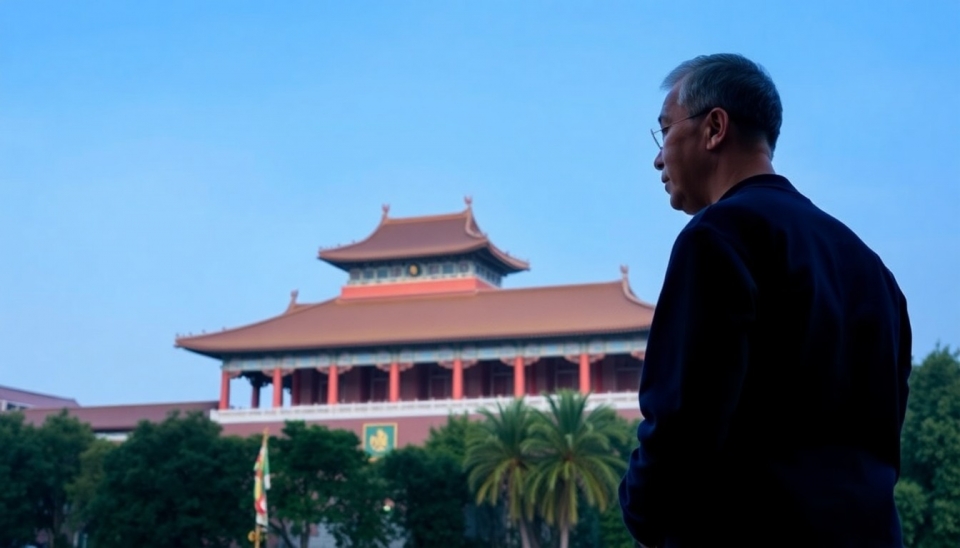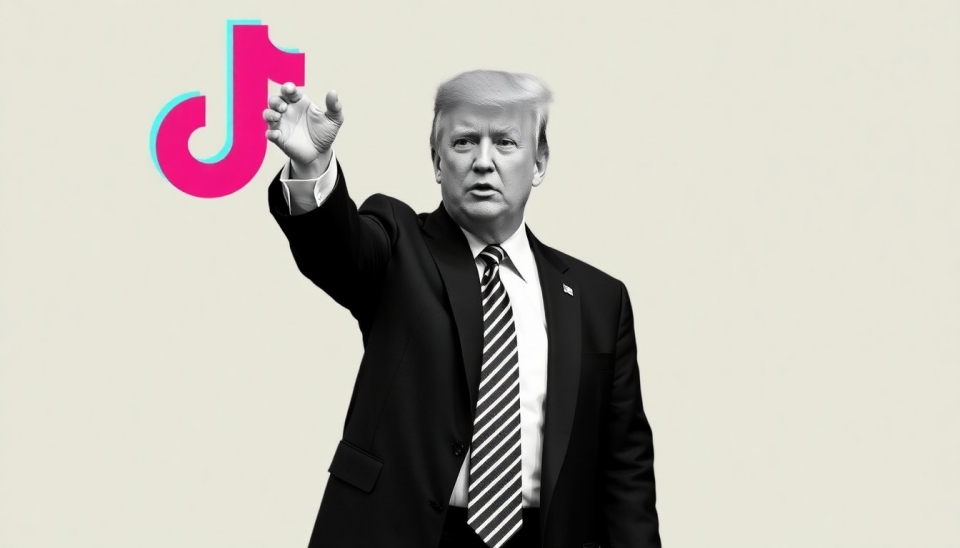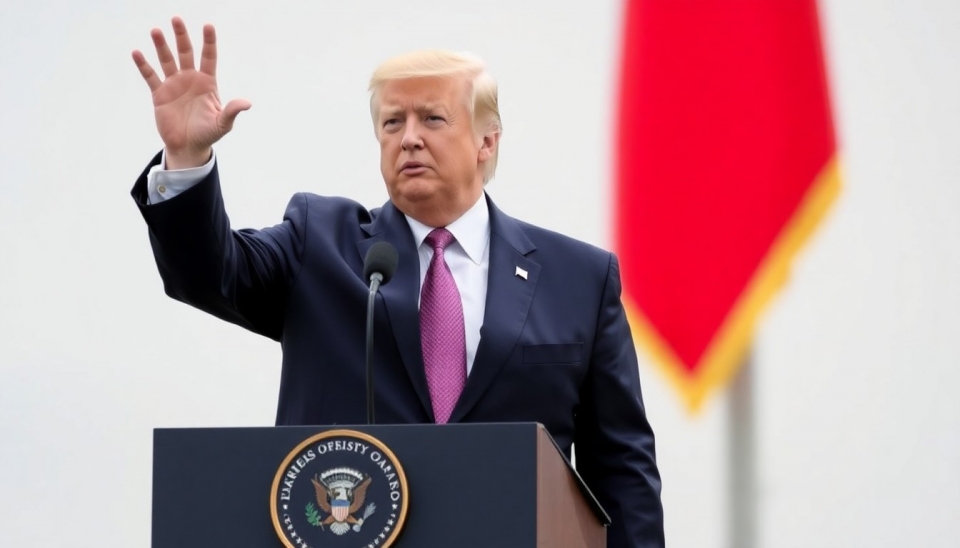
In the ongoing tensions between the United States and China, signs of economic decoupling have become more pronounced, particularly in sectors where supply chains and trade interdependencies are deeply rooted. Recent studies reveal that certain industries are grappling with the challenges posed by this decoupling, specifically looking at the impact on high-tech and traditional goods alike.
One of the most striking examples can be seen in the production of smartphones, particularly the iconic Apple iPhone. While these devices are synonymous with advanced technology and American innovation, a significant portion of their components are manufactured in China. This interdependence was again highlighted when Apple expanded its manufacturing footprint in India, a strategic move to diversify its supply chains to mitigate risks associated with reliance on Chinese suppliers. However, more than half of the iPhone's components still originate from Chinese manufacturers, showcasing the complexities involved in this economic decoupling.
Moreover, the article emphasizes that decoupling is not limited to tech products; rather, it extends to other industries such as cosmetics and fashion. For instance, the demand for badger hair, traditionally used in high-quality shaving brushes and cosmetics brushes, finds its source predominantly in China. As the U.S. imposes stricter regulations and tariffs associated with Chinese imports, American companies in these sectors are facing significant hurdles in maintaining consistent quality and access to necessary materials. This situation highlights an urgent need for alternatives, reiterating the fact that complete decoupling may not be as feasible as anticipated.
Additionally, real estate development and infrastructure sectors reveal similar challenges. Projects that rely heavily on Chinese steel and concrete for their construction are stalling or facing increased costs. Many businesses are now reevaluating their supply chains to ensure sustainability and resilience amidst the shifting geopolitical landscape. The ripple effects of decoupling are evident across various sectors, striking a balance between national security concerns and economic viability.
The eventual outcome of this decoupling process is still uncertain. On one hand, the U.S. has been consistently vocal about limiting its dependence on China for critical components and technological assets. On the other hand, both economies are deeply intertwined, making it difficult for businesses to pivot quickly without facing substantial operational ramifications. As this dynamic evolves, stakeholders from both nations must navigate a perilous path that could redefine trade relationships for years to come.
In conclusion, the road to a potential decoupling between the United States and China is fraught with challenges that span numerous industries. While businesses in the U.S. and China examine alternative sources and production strategies, the interplay between technology, traditional goods, and geopolitics continues to influence the global economic landscape.
As the situation unfolds, it becomes increasingly clear that the relationship between these two superpowers will dictate not only their economic futures but also the broader contours of international trade in an interconnected world.
#USChinaRelations #GlobalEconomy #SupplyChain #iPhones #Decoupling #TradeTensions #TechIndustry #Manufacturing
Author: Liam Carter




